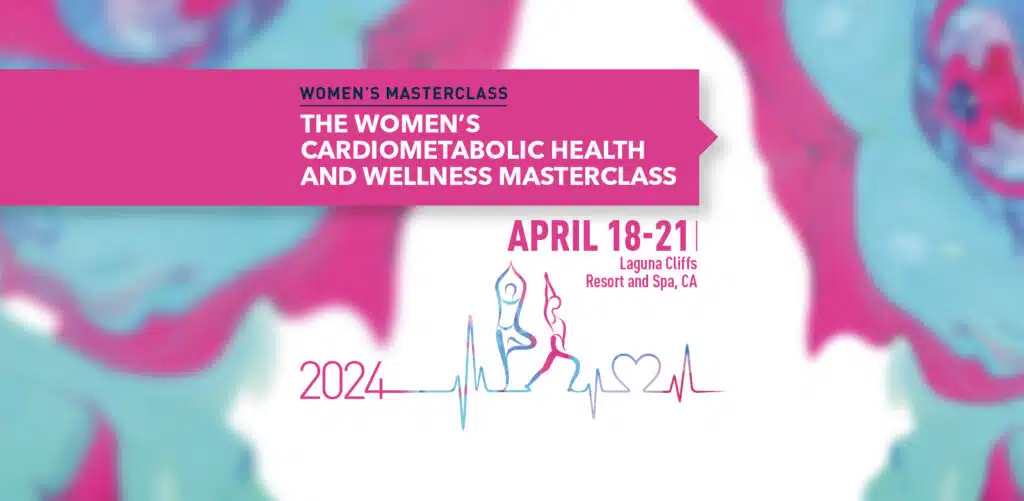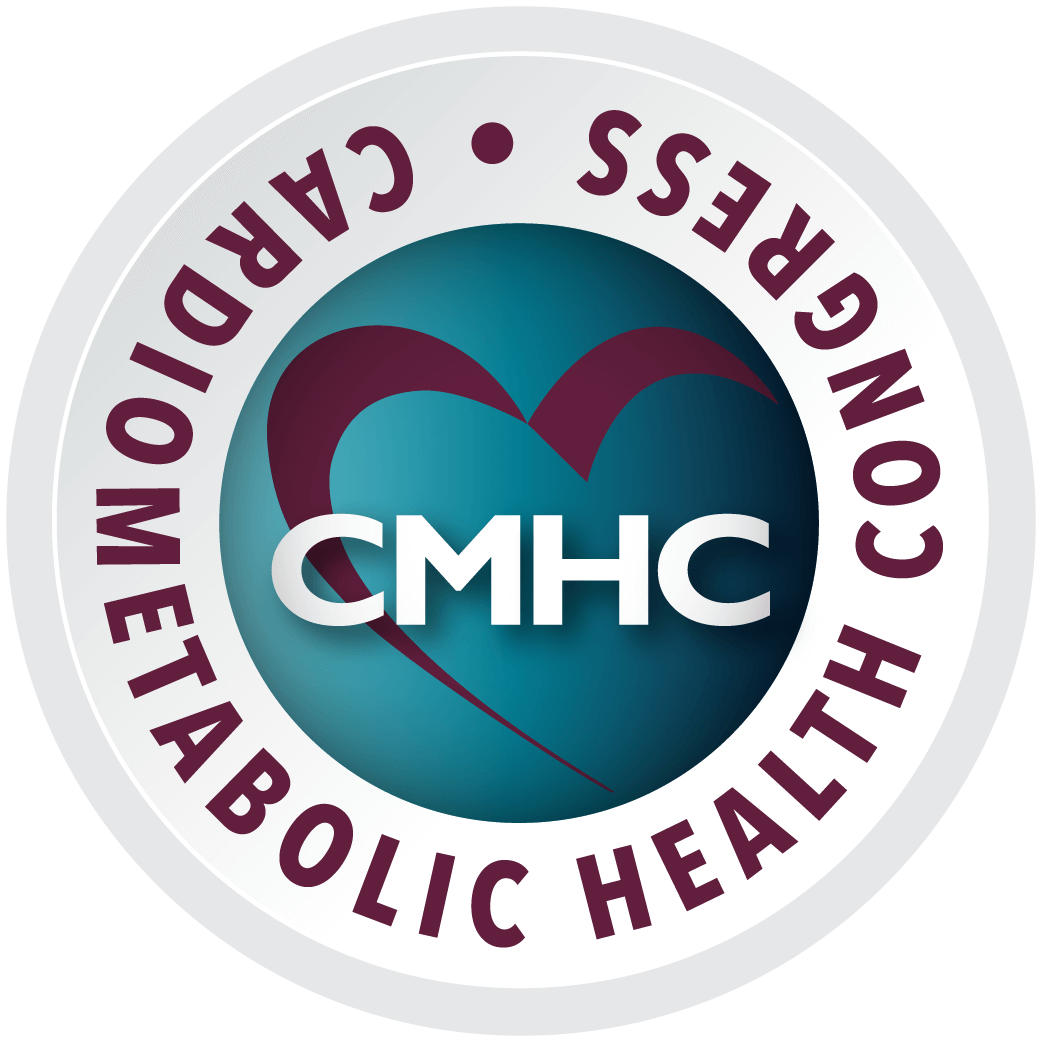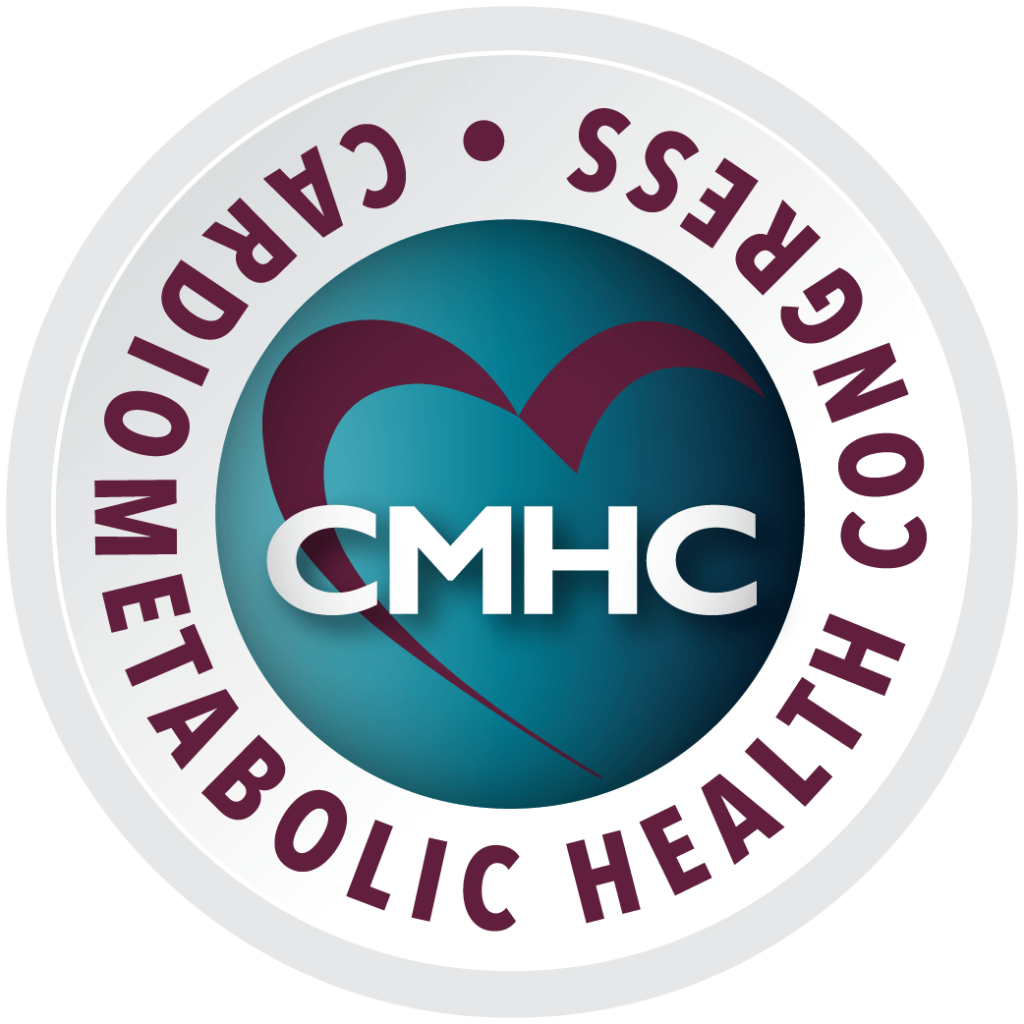CARDIOMETABOLIC CHRONICLE: What about the impacts of prolonged sedentary activity or sedentary behavior, in other words, are you at higher risk if you exercise regularly but spend most of the day sitting?
DR. CARBONE: A study recently published in the Journal of the American College of Cardiology looked at the effect of physical activity and sedentary behaviors in a very large number of patients,13 and we have reviewed this topic in a recent review published on Circulation Research.14 What they found is that if you meet the guideline recommendations for physical activity, unless you are sitting for more than 8 hours a day, the sedentary behavior does not affect your cardiovascular risk, suggesting that physical activity is somewhat counteracting the damages induced by sedentary behavior. If you are not physically active, however, or doing less than the recommended physical activity levels, then the amount of sedentary behavior really matters, in fact, the more you sit the higher is your risk to develop cardiovascular disease in a dose-dependent manner. Thus, especially in individuals with low physical activity, sedentary behavior should be addressed and highly discouraged as a potential approach to improve cardiovascular health. Another important part that the study addressed is that replacing 1 hr of sitting with 1 hr of moderate-to-vigorous physical activity can reduce cardiovascular disease risk by 20% , with this risk being reduced by over 60% when replaced with vigorous physical activity.


















